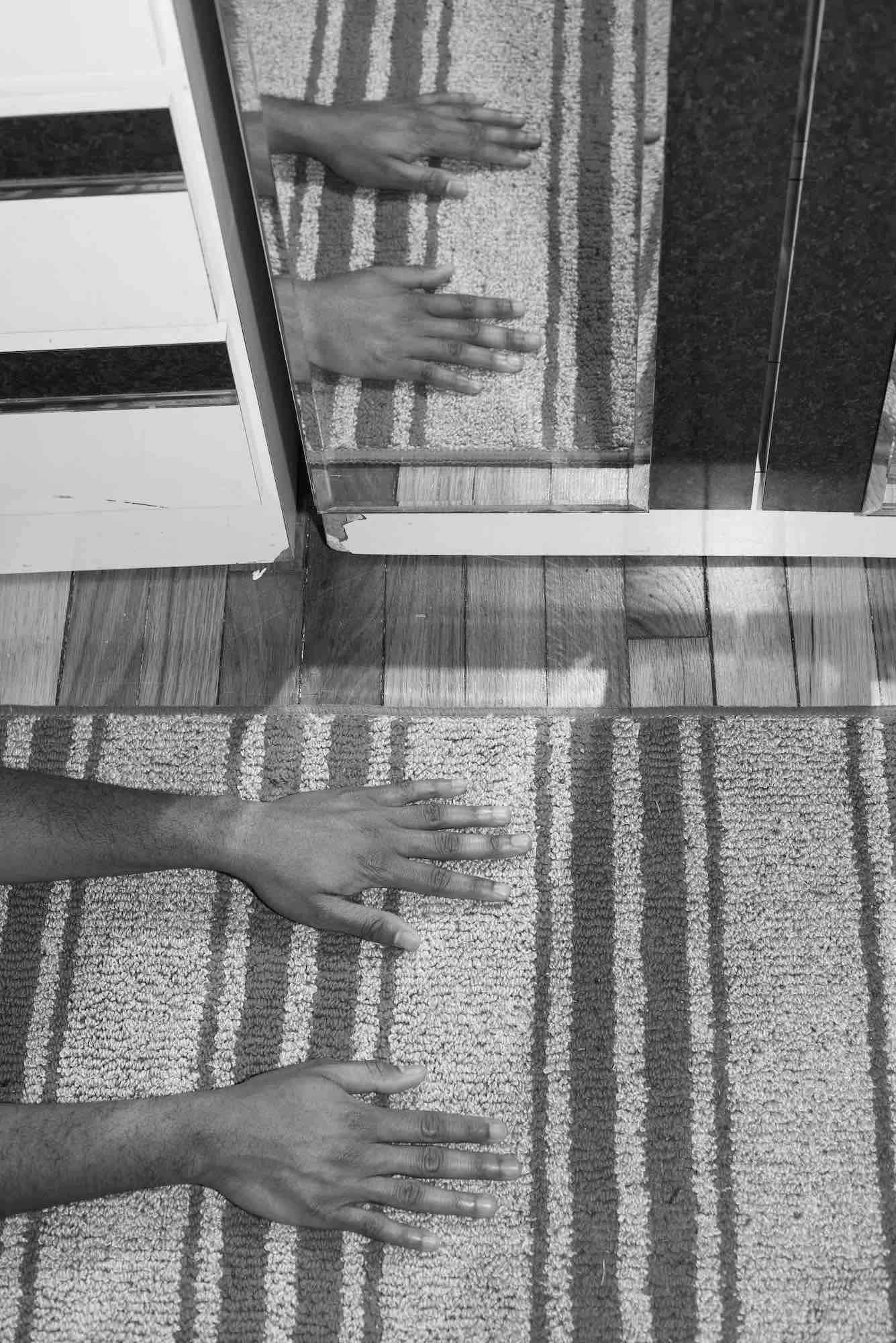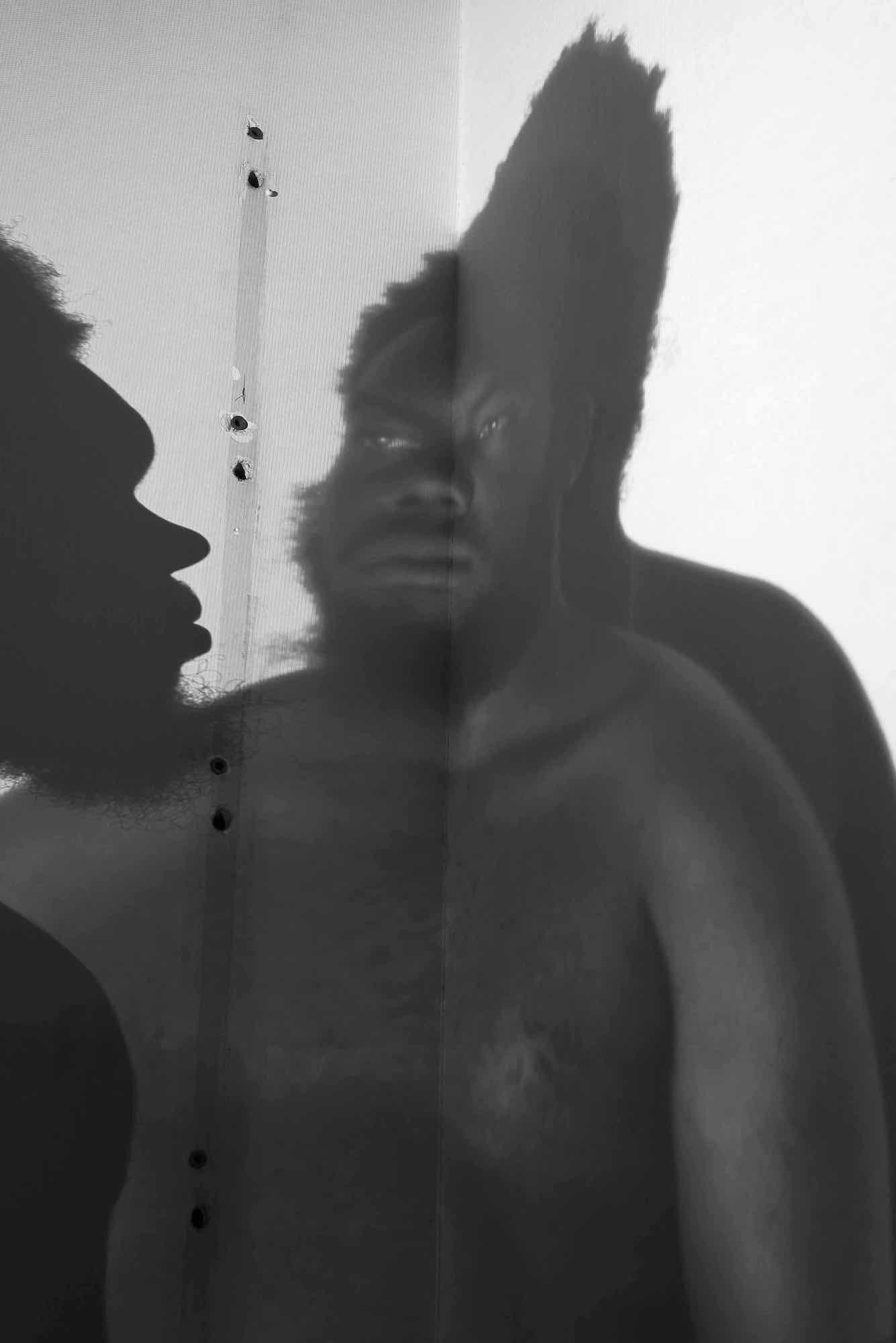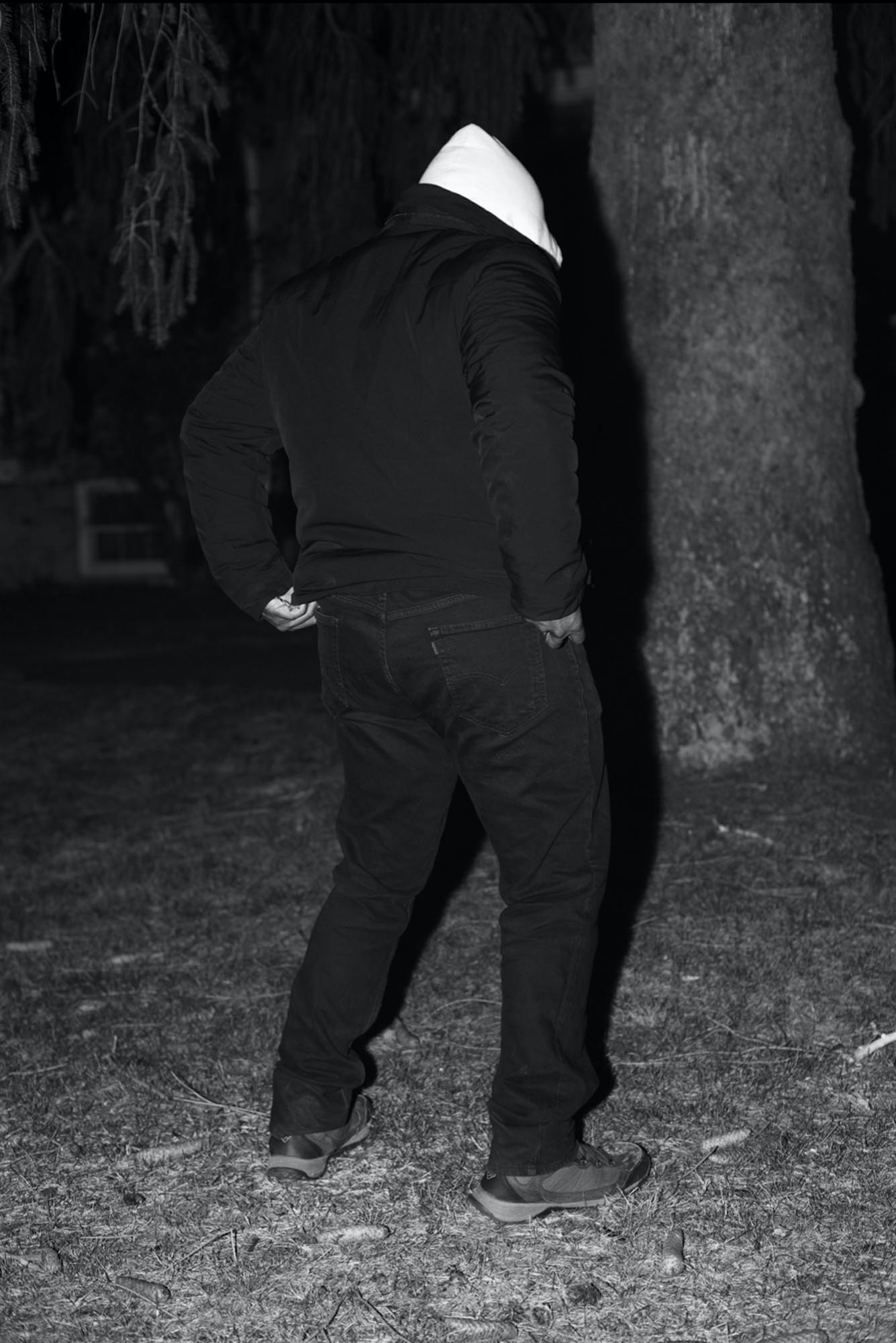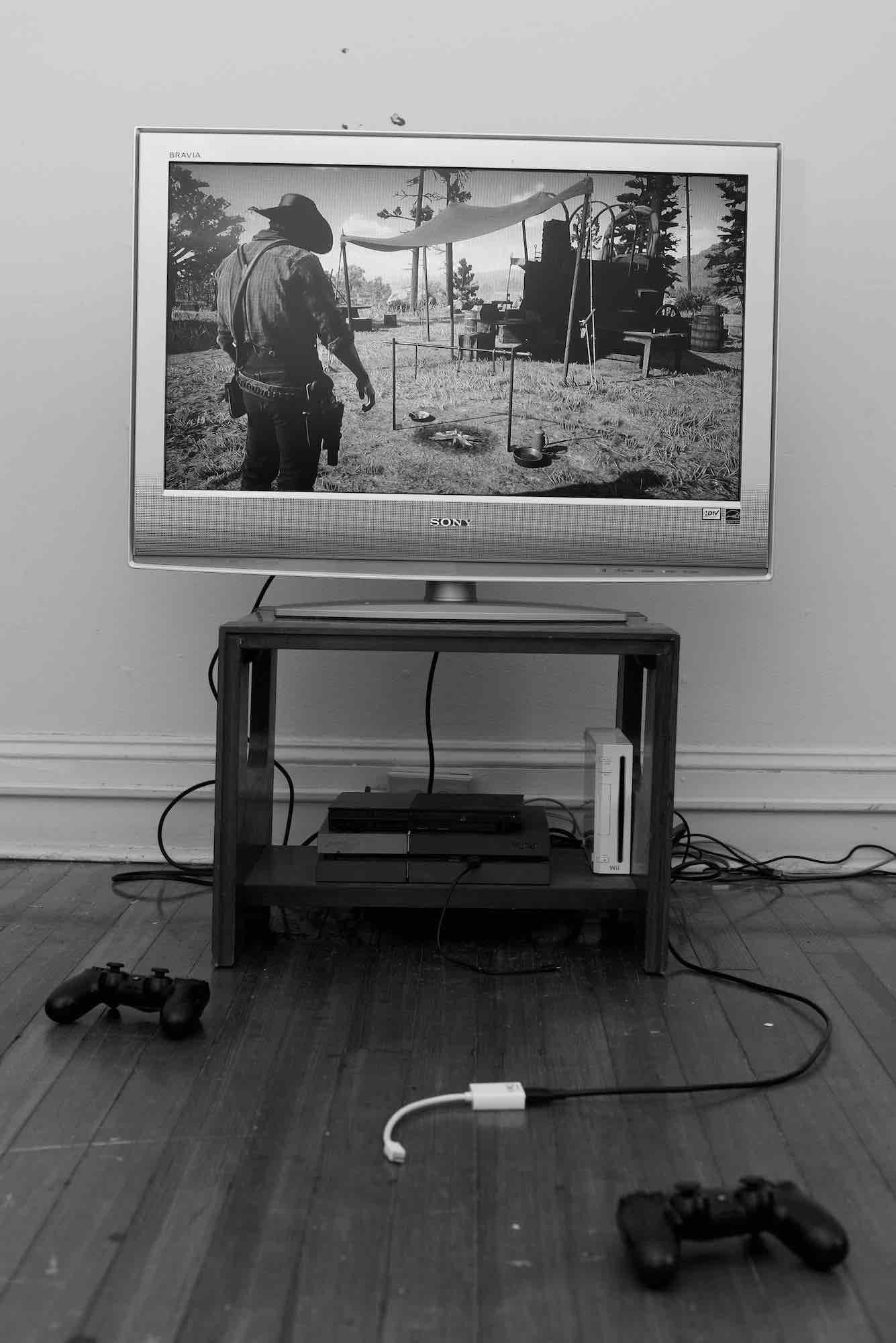How did you get into making art?
I attended a high school that had a pretty strong visual arts program, and it gave me the opportunity to try painting, drawing, ceramics and ultimately photography. We had a fully functional black and white darkroom and I think that was the biggest influence on my decision to continue studying photography at the time. The darkroom helped me to understand light as a form of art-making, and I’ve been captivated by photography ever since.
What are you currently working on?
A large portion of my Shapeshifter series were still-lives and I’ve continued to shoot in this manner. I’m not sure if these pictures are an extension of Shapeshifter or if it’s something new, but I’m excited to see where it goes.
What inspired you to get started on this body of work?
All of the photographs were shot during my senior year of college and during this period, I had been reflecting a lot about how complicated my overall experience on campus was compared to the rest of my peers. I experienced feelings of intense anxiety and depression during certain parts of undergrad because of my personal identity and my inability to connect socially with a lot of people. I started thinking about ways I could convey these feelings of discomfort and anxiety through photographs.
I started thinking about ways I could convey these feelings of discomfort and anxiety through photographs.
Christopher Desanges
Do you work on distinct projects or do you take a broader approach to your practice?
Shapeshifter is the first named and completed photographic project that I’ve done, but I’d say all of the work that I’ve made thus far relate to each other in one way or another. I’ve found that even when I try to start with something new, the work always ties back into itself somehow, which is totally fine with me.

What’s a typical day like in your studio?
I don’t have a physical studio right now, but a fellow photo professor explained to me once that you don’t really need a traditional studio to do “studio work”. I hope to be in a darkroom sooner rather than later, but since I’m primarily shooting digital photographs at the moment, I don’t have to depend on a studio to make work. While making Shapeshifter, I had a friend who was always willing to be photographed. He really allowed me to try new picture ideas with him and he ultimately shaped the end result of this series. Another method I used was to start by looking through my camera roll on my iPhone. I took (and still take) a lot of pictures on my phone to save as photo ideas for later and when I found a phone photo that captivated me on that particular day, I would use it as a framework for further photographic exploration. In terms of what my process has looked like post undergrad, I’ve been trying to shoot whenever I have any down time. I’m trying my best to find any opportunity to shoot outside of my current obligations as a classroom assistant in Cambridge, MA.

Who are your favorite artists?
I’ve always turn to Paul Mpagi Sepuya’s artwork as a source of inspiration and general motivation, especially his collage work.
Where do you go to discover new artists?
Instagram seems to be the best place to look for new photographers but I deleted it from my phone a few months ago because I want to curb my addiction to social media. I also love chatting with my friends about new artists (visual or otherwise) that they’ve discovered on their own time.
Christopher Desanges is an artist based in Boston who recently received The Hopper Prize. To learn more about the artist:































































